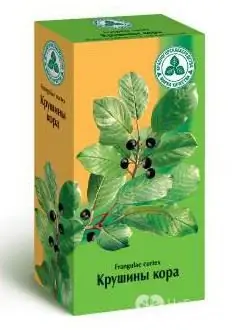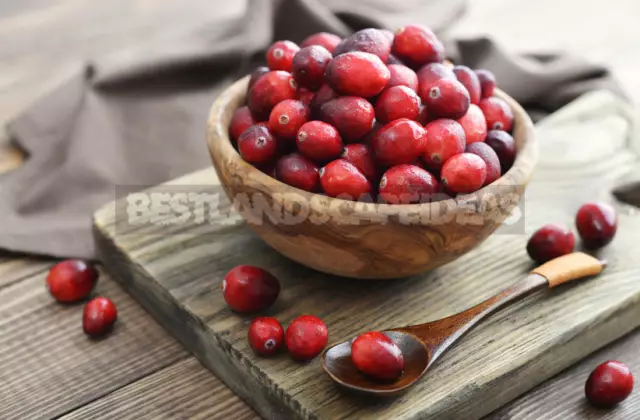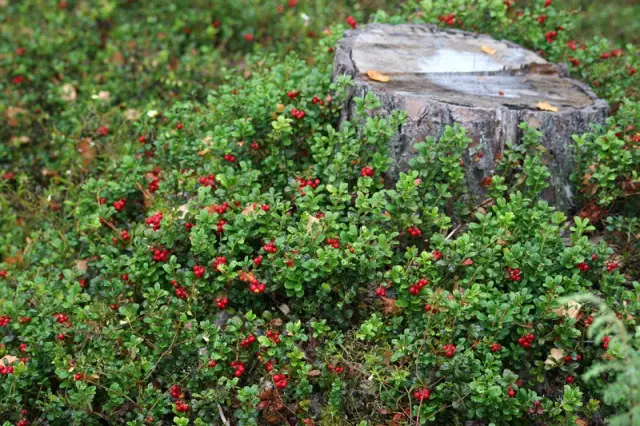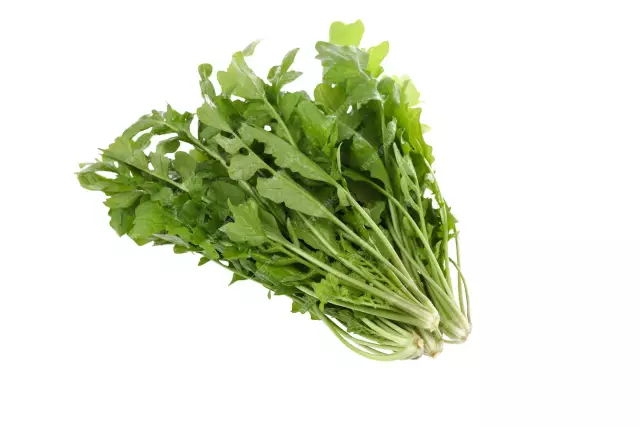- Author Rachel Wainwright [email protected].
- Public 2023-12-15 07:39.
- Last modified 2025-11-02 20:14.
Buckthorn
Instructions for use:
- 1. Properties
- 2. Chemical composition
- 3. Application in medicine
- 4. Dosage forms and methods of application
- 5. Contraindications to use

Buckthorn is a plant known from childhood to every inhabitant of the middle latitudes under the name "wolf berries", however, some other plants of a similar type are also called wolf berries. Another name by which it is widely known is zhoster, although it is correct to call one type of buckthorn - a laxative buckthorn, which differs from other species by the presence of thorns on the tops of branches. Buckthorn grows in the form of bushes or small trees, in copses, on forest edges, on the banks of rivers and lakes, has a wide habitat - from North Africa and Asia almost to the Arctic Circle, is common in Europe and North America, where it was brought from Europe in decorative purposes. The bark is dark, the leaves are glossy, oval. The plant blooms profusely from mid-May to June with nondescript yellow flowers, in place of which drupes later appear,first green, later red, in mid-August they ripen and turn black.
Buckthorn properties
The use of buckthorn is very wide, it is a useful and beautiful plant, while unpretentious. For decorative purposes, both the shrub itself and its wood are used, small yellow flowers are melliferous, an oil containing a large amount of resins, glycosides, dyes and succinic acid is obtained from seeds, this oil is used both in medicine and in the paint and varnish industry.
In medicine, buckthorn berries and its bark are used, both traditional and folk. Both bark and berries have laxative properties. However, this plant should be used with great care, strictly adhering to the recommendations, since it contains substances that strongly irritate the mucous membrane of the digestive tract and thus can cause serious poisoning.
In folk medicine, the use of buckthorn is wider, not only as a laxative, which is fully justified by its properties. For example, its antibacterial effect is known, and under experimental conditions the presence of an antiviral effect was proved - a water extract from buckthorn berries suppressed the replication of the herpes virus.
Chemical composition
The buckthorn laxative, or zhostera, contains the following chemical compounds:
- Anthraquinones, including fragularoside, which induces vomiting. During storage, this substance undergoes fermentation, turning into safe glycofrangulin. The oxidation process takes about a year, but can be accelerated by heat treatment. That is why freshly harvested buckthorn bark and berries cannot be used, but only after at least a year after harvesting, or specially processed, like those that go on sale in the pharmacy;
- Tannins;
- Alkaloids;
- Malic and succinic acids;
- Simple and complex sugars (gum, pectins);
- Vitamin C;
- Essential oils - in the bark they are contained in small amounts, and in berries in a significant amount.
The use of buckthorn in medicine
In medicine, buckthorn is mainly used as a laxative, although other types can also be used for medicinal purposes. The main purpose of using this plant is evident from the name, it is a laxative effect. As a laxative buckthorn acts very mildly, the effect occurs 10-14 hours after ingestion, which must be taken into account when applying, timing correctly. Dried bark or berries of the plant are used, the laxative effect of buckthorn bark is more pronounced than that of berries. As a laxative buckthorn in official medicine is prescribed for intestinal atony, hemorrhoids, perianal fissures, helminthic invasion, colitis.

Experts are inclined to believe that the effect of this plant on the intestines is more likely to regulate than just a laxative, since the tannins contained in it also produce a therapeutic effect for diarrhea, and therefore the use of buckthorn is justified for all disorders of intestinal function: constipation, diarrhea and their alternation …
Buckthorn berries are used for chronic atonic constipation, diarrhea, heavy menstrual bleeding. However, their main use is as a diuretic for edema, ascites, including ascites caused by liver cirrhosis and heart failure. Fresh berries are allowed, but no more than 15 pieces per dose, otherwise they cause vomiting and provoke stomach inflammation. In order not to risk it, it is still better to use dried and preserved berries for 2-3 years. By the way, traditional medicine prescribes buckthorn as an emetic.
Also in alternative medicine, it is used for gastritis, gastric and duodenal ulcers, liver disease, heart failure, persistent cough. Alcoholic tincture of buckthorn berries is used for rubbing with rheumatism and radiculitis, and an aqueous decoction for skin diseases (eczema and inflammation caused by pustular infection, such as boils, carbuncles, purulent wounds).
Dosage forms and methods of administration
Buckthorn is usually used in the form of infusions and decoctions, occasionally in the form of a forty-degree alcohol tincture, even less often in its natural form - no more than 10-15 fresh berries on an empty stomach, or dry, ground into powder. A syrup is made from buckthorn laxative, which is approved for use in children's practice. Sometimes in the literature you can find recommendations on the use of fresh juice from buckthorn berries, however, doctors believe that fresh or even canned juice has too high a concentration of active compounds, and can cause unwanted reactions from the body (vomiting, diarrhea, pain in the stomach and intestines) …
Buckthorn goes on sale in the form of syrup, dried and crushed bark, and also as part of pharmacy fees.
To prepare the infusion, 10 g of buckthorn fruits are insisted on a glass of boiling water for 8 hours. To prepare the syrup on your own, mix equal parts of the water infusion of buckthorn and sugar.
Broth of buckthorn bark is prepared as follows: 20g of dried and chopped bark is poured with two glasses of cold water, boiled over low heat for 25-30 minutes. Allow to cool, take 1 tablespoon before bedtime (to induce relaxation in the morning).
Buckthorn bark infusion recipe: pour 10 g of dry crushed bark with 2 glasses of water, let it brew for 8-10 hours.
Alcohol tincture: buckthorn bark, pre-dried and crushed, is poured with 40-degree alcohol, at a rate of 1: 1, according to the same recipe, an alcoholic tincture is made from buckthorn berries.
Contraindications to the use of buckthorn
When used correctly, buckthorn has almost no contraindications, however, you should definitely monitor its dosage and that the plant is used at least two years ago. Contraindications to buckthorn are the following conditions: malignant tumors of the gastrointestinal tract, Crohn's disease, early childhood, pregnancy, lactation, uterine bleeding.
A contraindication to buckthorn is also its too frequent use, since, like other laxatives, it is addictive, and subsequently, self-emptying of the intestines becomes problematic.
Information about the drug is generalized, provided for informational purposes only and does not replace the official instructions. Self-medication is hazardous to health!






